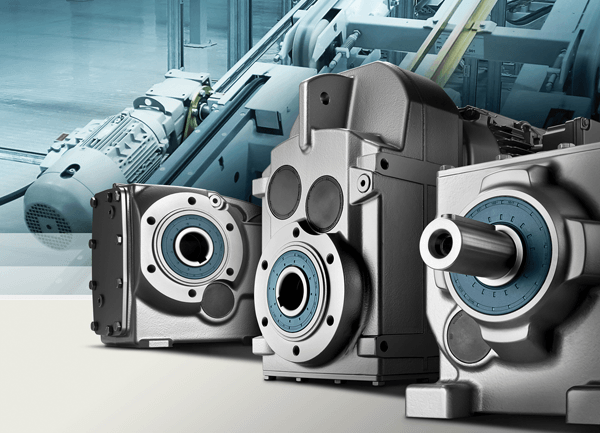Design World Article – What Is A Gearmotor
by Miles Budimir, Senior Editor for Design World
 Gearmotors are a fairly well-established technology. And recently, there is renewed interest in gearmotors, following a trend in integrated systems in general. More specifically, rising energy costs are driving demand for improved process efficiencies. This presents an opening for gearmotors that can be used in a variety of applications and represents a tremendous opportunity for global energy savings.
Gearmotors are a fairly well-established technology. And recently, there is renewed interest in gearmotors, following a trend in integrated systems in general. More specifically, rising energy costs are driving demand for improved process efficiencies. This presents an opening for gearmotors that can be used in a variety of applications and represents a tremendous opportunity for global energy savings.
Essentially, a gearmotor is a type of gear reducer based around an AC or DC electrical motor. The gear and the motors are combined into one unit.
A gearmotor delivers high torque at low horsepower or low speed. The speed specifications for these motors are normal speed and stall-speed torque. These motors use gears, typically assembled as a gearbox, to reduce speed, which makes more torque available. Gearmotors are most often used in applications that need a lot of force to move heavy objects.
By and large, most industrial gearmotors use ac motors, typically fixed-speed motors. However, dc motors can also be used as gearmotors … a lot of which are used in automotive applications.
Gearmotors have a number of advantages over other types of motor/gear combinations. Perhaps most importantly, gearmotors can simplify design and implementation by eliminating the step of separately designing and integrating the motors with the gears, thus reducing engineering costs.
Another benefit of gearmotors, if sized properly, is that having the right combination of motor and gearing can prolong gearmotor life and allow for optimum power management and use.
Also, because gearmotors are integrated units, they eliminate the need for couplings and also eliminate any potential alignment problems. Such problems are common when a separate motor and gear reducer are connected together and result in more engineering time and cost as well as the potential for misalignment causing bearing failure and ultimately reduced useful life.
Advances in gearmotor technology include the use of new specialty materials, coatings and bearings, and also improved gear tooth designs that are optimized for noise reduction, increase in strength and improved life, all of which allows for improved performance in smaller packages.
Conceptually, motors and gearboxes can be mixed and matched as needed to best fit the application, but in the end, the complete gearmotor is the driving factor. There are a number of motors and gearbox types that can be combined; for example, a right angle wormgear, planetary and parallel shaft gearbox can be combined with permanent magnet dc, ac induction, or brushless dc motors.
Though there are a number of different motor and gearbox combinations available … not just any one will work for any application. Certain combinations are efficient and cost-effective than others. Knowing the application and having accurate ratings for the motor and gearbox is the foundation for successfully integrating a gearmotor into a system.
Design World Source Article
ISC Companies is a top distributor of power transmission and electrical parts. We have many different models and brands in stock for fast delivery. Our sales professionals are happy to assist you in the selection process to ensure the correct part is specified for your application. Give us a call at 1-800-627-9434.
You must be logged in to post a comment.